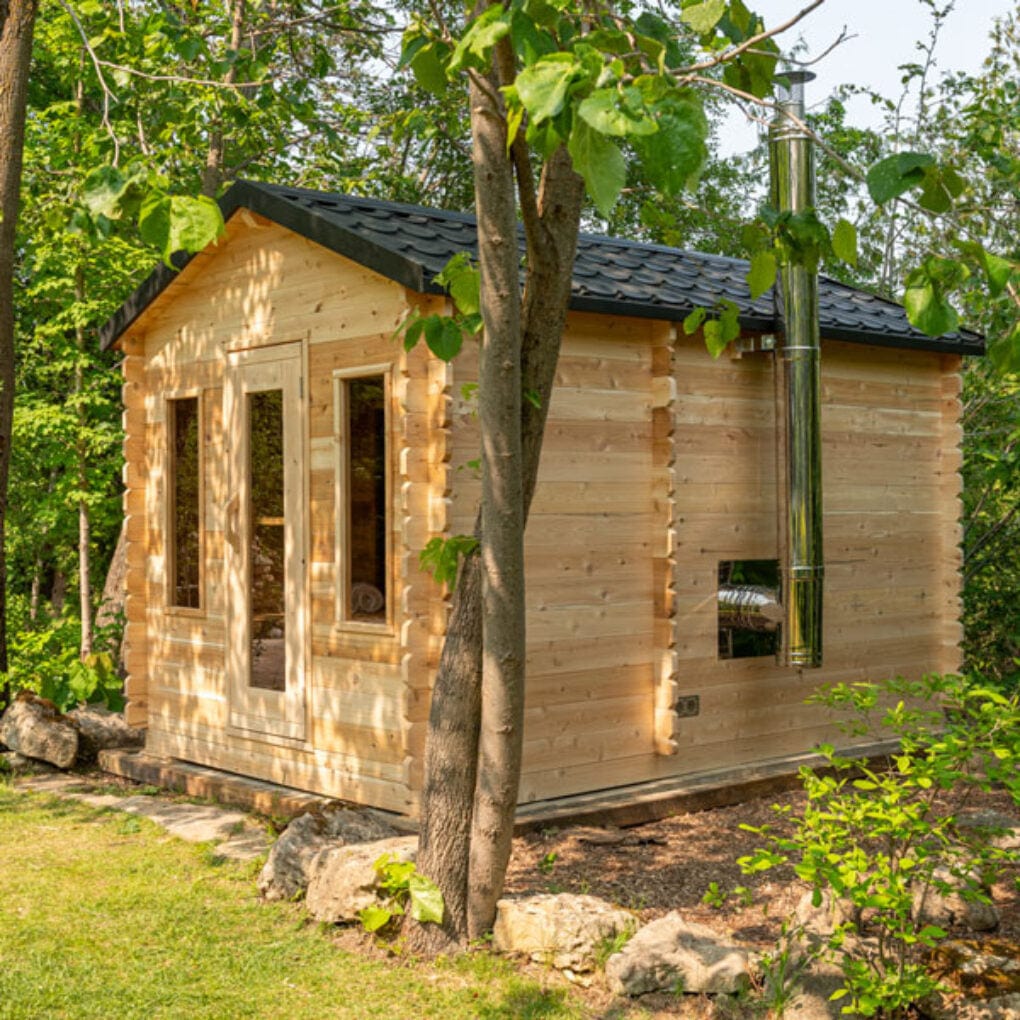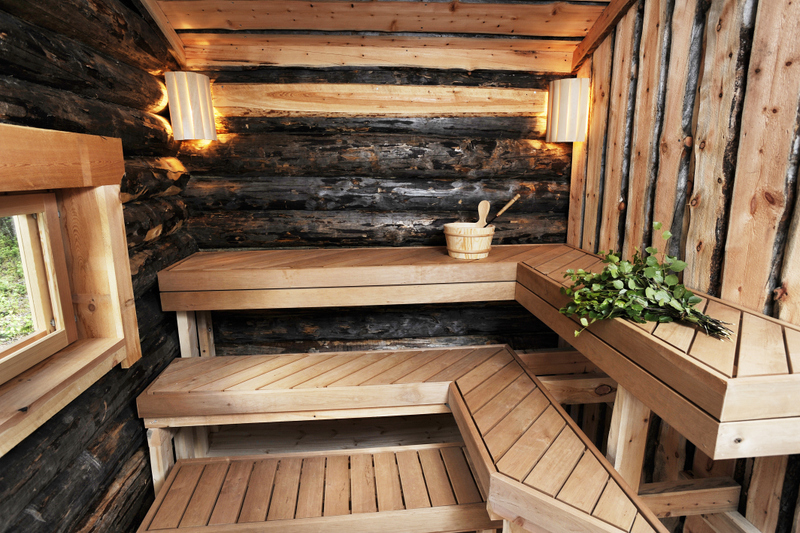The Only Guide to Traditional Sauna
Table of ContentsThe 6-Second Trick For Traditional SaunaEverything about Traditional SaunaExcitement About Traditional SaunaUnknown Facts About Traditional SaunaThe 4-Minute Rule for Traditional Sauna
A lot of the weight lost in a sauna is water loss and is re-gained upon rehydrating. Without a doubt sauna can be an essential part of a healthy weight loss program. To look at the distinctions between typical and IR saunas, I will divide these right into proven, theoretical, and produced differences.Hence, the hottest factor in the saunawhich is at the ceiling straight above the sauna heateris normally between 185 and 190 F. Claims that a standard sauna exceeds 200 F is simply not real and not appropriate for electric saunas sold in the United States. The temperature for a far-infrared sauna is generally set between 120 and 140 F; however, unlike the typical sauna, the goal in and IR area is not to achieve a heat.
Due to this, the temperature level difference is virtually irrelevant, given that excessive sweating causes both sauna types, yet the method of warming the body is various. In an IR sauna the bather will really feel hot and will certainly sweat a lot, but at a lot lower temperatures (Traditional Sauna). Thus, if the goal is to spend longer periods of time in the sauna, the IR sauna is an excellent selection
When a conventional sauna has actually been correctly heated, the sauna wall surfaces are cozy, the air temperature has actually accomplished established temperature level and the rocks are extremely heated. As an interesting side note, the warmed walls and the rocks are releasing far-infrared warm, combined with the heated air, to produce an "covering warmth".
Everything about Traditional Sauna

When the high temperature is attained, the aspects cycle on and off to maintain the high temperature. Most standard sauna individuals take pleasure in putting water over the rocks to develop steam to raise sauna humidity levels. The benefits of putting water over the rocks include: making the area extra comfortable, dampening the nasal passages, and permitting the use of aromatherapy by mixing important oils with the water.

When the power gets in the body, it triggers the body temperature level to increase and ultimately results in sweating. In an infrared sauna it is necessary for the emitters/heaters to continue to be on practically regularly. Considering that there is no mass of rocks to preserve warm, the sauna will cool if the emitters closed off.
As stated over, the sauna bather in an infrared room desires to place himself in front of operating emitters to obtain maximum gain from the warm. The home heating time for both areas can be very various, relying on exactly how the spaces are used. For a traditional sauna, a bather needs to allow 30-40 mins for the room to achieve a wanted temperature and to correctly pre-heat the rocks.
More About Traditional Sauna
A well created sauna will generally achieve a temperature of 150-160 F in about 30-40 mins. For hotter temperature levels, the area may need to heat for a longer period.

Traditional saunas tend to be larger (therefore utilize more electrical power) than infrared saunas, although standard saunas are absolutely available in one and two individual dimensions as well. For a two-person conventional sauna, 5x6 or 5x7 size is most popular. The top bench can pleasantly seat 2 or 3 individuals and is also long sufficient to relax throughout the sauna session.
Rumored Buzz on Traditional Sauna
The ordinary expense per kWH of electricity in the U.S. is approximately $0.11, so a 4.5 kW heating system address will certainly cost roughly $.50 to run for one hour, if the heater runs continually for one hour. Usually a sauna heating system will compete 75% of the first hour and 50% of subsequent hours on given that the components cycle once the established temperature is attained.

Finally, there is a hardly ever talked about difference in the social experience between both spaces. While our society has lost some of the social advantage of Recommended Site the traditional sauna experience, it can be really socially rewarding (Traditional see post Sauna). From family time in the sauna, to heart-felt conversations with better halves, to sauna partiesthe traditional sauna experience can result in intimate interacting socially
Rumored Buzz on Traditional Sauna
The majority of higher end infrared rooms consist of colored light therapy, audio systems and full-glass fronts. The size of a lot of areas enable 2 people to comfortably use the space, while some designs might enable a third or fourth person to utilize the area. Custom infrared spaces are likewise offered, with room dimensions readily available approximately 7' x 8' x 7' high.